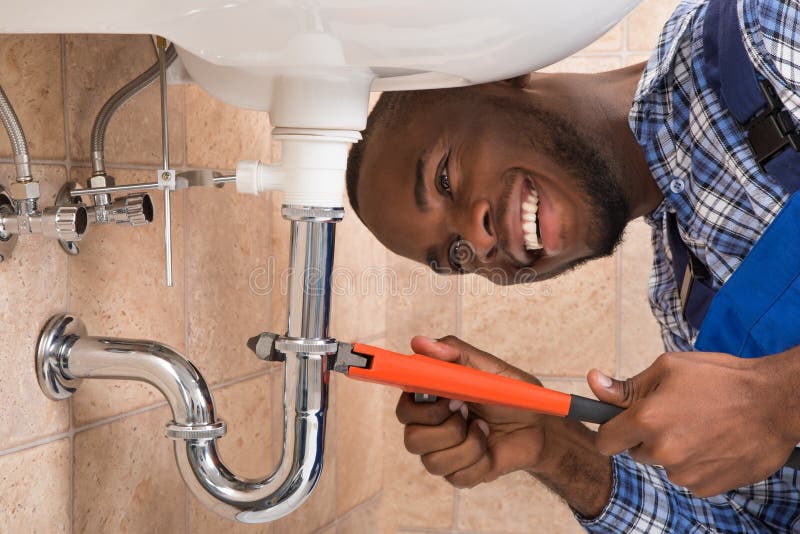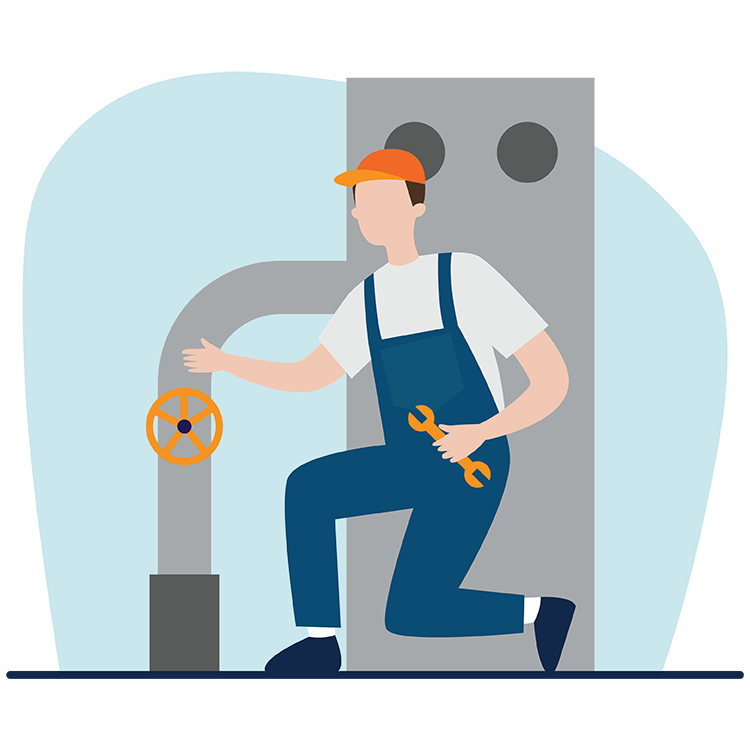Specialist Drain Cleaning Alabaster AL to Keep Your Water Lines Flowing
Specialist Drain Cleaning Alabaster AL to Keep Your Water Lines Flowing
Blog Article
A Step-by-Step Overview to Effective Hot Water Heater Installment for Optimum Performance
Embarking on the job of mounting a water heating unit is an endeavor that demands precision and a systematic technique for accomplishing optimum performance. As you continue, the intricacies of attaching water supply lines and establishing up reputable electric or gas links await, promising insights right into making certain efficiency and dependability.
Picking the Right Hot Water Heater

Following, think about the size and ability of the water heater. It's crucial to analyze your house's warm water demands, which can differ based upon the variety of occupants and their usage patterns. An unit that's too small may result in inadequate warm water, while a large design may lead to unnecessary energy intake.
Efficiency rankings also play a critical function in option. Look for hot water heater with high Power Variable (EF) rankings, showing superior performance and reduced power use. Tankless designs, though commonly extra costly in advance, offer significant power financial savings gradually because of their on-demand heating capacities.
Preparing the Installment Location
Before installing a brand-new water heating system, thorough prep work of the installation location is necessary. This makes sure a smooth installation procedure and assists avoid future complications (Plumbing Alabaster AL). Begin by picking a proper place that abides by local building codes and safety and security criteria. The area needs to be dry, well-ventilated, and easily accessible for maintenance. It's critical to determine the space very carefully to fit the hot water heater's dimensions, making certain sufficient clearance around the device for efficient operation and maintenance.
Following, remove any debris, dirt, or blockages from the website to develop a tidy environment. Check the flooring for stability, as the hot water heater will need a solid, level surface area to run effectively. If required, set up a drip pan below the unit to catch possible leaks or spills, protecting against water damages to the surrounding location. In areas vulnerable to seismic task, consider installing seismic straps to safeguard the heating system strongly in position.
In addition, make certain that all essential tools and products get on hand before commencing the installation. This includes items such as wrenches, screwdrivers, a degree, and any kind of additional equipment required for mounting and safeguarding the heating system. A well-prepared installment area sets the structure for a successful hot water heater configuration, enhancing efficiency and security.
Connecting Supply Of Water Lines
When connecting supply of water lines to your recently set up water heater, it is essential to guarantee that all links are leak-free and secure to keep efficient procedure and prevent water damages. Begin by identifying the cool and warm water lines. The cold water inlet is typically noted with a blue tag or a "C", while the warm water electrical outlet is marked with a red tag or an "H".
Usage flexible water heating unit ports to assist in a much easier setup process. Before affixing the connectors, put a plumbing professional's tape around the threaded ends of the water heating system's inlet and electrical outlet pipes.
Once links remain in area, slowly transform on the major water shutoff. Check each connection for leakages by aesthetically really feeling and inspecting for wetness. Tighten up links as needed, and guarantee the stress relief valve is properly set up, protecting against extreme pressure accumulation.
Setting Up Electric or Gas Links
Effectively establishing up the electrical or gas connections for your water heating system is a crucial action to make certain efficient and secure operation. For electric water heating systems, start by Extra resources validating that the electrical circuit is compatible with the heating system's voltage and amperage requirements.
For gas hot water heater, safety and security is paramount. Validate that the gas supply is off prior to continuing. Attach the gas line to the water heating system utilizing an adaptable gas port, ensuring it is appropriately threaded and sealed with pipeline joint substance or Teflon tape appropriate for gas links. Tighten the links with a wrench, making sure not to over-tighten (Drain Cleaning Alabaster AL).
As soon as connections are made, examine for any type of possible leaks. For gas lines, apply a soapy water service to the joints; bubbles show a leakage. For electrical connections, verify that all wiring is safe and properly insulated, keeping compliance with local electric codes.
Testing and Readjusting for Effectiveness
With the electrical and gas links securely in position, the following action is assessing the operational efficiency of your hot water heater. Begin by meticulously transforming on the water system and making certain there are no leaks at any of the shutoffs or joints. When validated, proceed to fill the tank, taking notice of the pressure and temperature settings. It is a good idea to set the thermostat to a recommended temperature level of around 120 ° F(49 ° C) to stabilize power performance and comfort.
Following, do an extensive examination to make sure the burner or burner are functioning correctly. For electric heating units, use a multimeter to validate if the aspects are drawing the get redirected here suitable existing. In gas models, observe the burner fire; it ought to be consistent and blue, indicating reliable combustion.
Readjust the settings as needed to get rid of inefficiencies. Take into consideration implementing insulation actions, such as adding a water heater blanket, to better boost performance by lessening Get More Information warmth loss. Additionally, examine the anode rod's problem, as a deteriorated rod can reduce effectiveness and lead to storage tank corrosion.
Final Thought
Reliable water heating unit setup is crucial for making certain optimum performance and power cost savings. Firmly attaching water supply lines and very carefully setting up electrical or gas connections reduce possible problems.

Properly setting up the electric or gas connections for your water heating unit is a vital action to make certain efficient and secure operation. For electrical water heating units, begin by verifying that the electric circuit is compatible with the heating system's voltage and amperage needs. Attach the gas line to the water heater using a versatile gas port, guaranteeing it is effectively threaded and sealed with pipe joint compound or Teflon tape suitable for gas connections.
Report this page